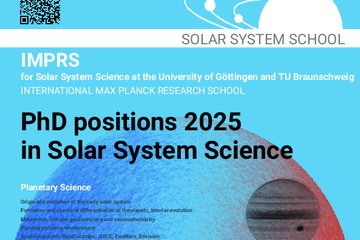All genres
21.
Conference Paper
The SUMER EUV atlas in the spectral range 670 Å - 1498 Å. In: Proc. 8th SOHO Workshop `Plasma Dynamics and Diagnostics in the Solar Transition Region and Corona', Paris, France, 22-25 June 1999, pp. 251 - 256 (Eds. Vial, J.-C.; Kaldeich-Schürmann, B.). ESA Publ. Div., Noordwijk (1999)
22.
Conference Paper
The off-limb behaviour of the FIP effect in the solar atmosphere observed by SUMER on SOHO. In: Proc. 8th SOHO Workshop `Plasma Dynamics and Diagnostics in the Solar Transition Region and Corona', Paris, France, 22-25 June 1999, pp. 293 - 298 (Eds. Vial, J.-C.; Kaldeich-Schürmann, B.). ESA Publ. Div., Noordwijk (1999)
23.
Conference Paper
EUV observations of bi-directional jets in the solar corona. In: Proc. Fifth SOHO Workshop ``The Corona and Solar Wind Near Minimum Activity'', Oslo, pp. 303 - 306 (Ed. Wilson, A.). ESA Publ. Div., Noordwijk (1997)
24.
Conference Paper
EUV line diagnostics for CDS and SUMER on SOHO. In: IAU Colloq. 144 `Solar Coronal Structures', pp. 625 - 630 (Eds. Rušin, V.; Heinzel, P.; Vial, J.-C.). VEDA Publ. Comp., Bratislava, Slovakia (1994)











